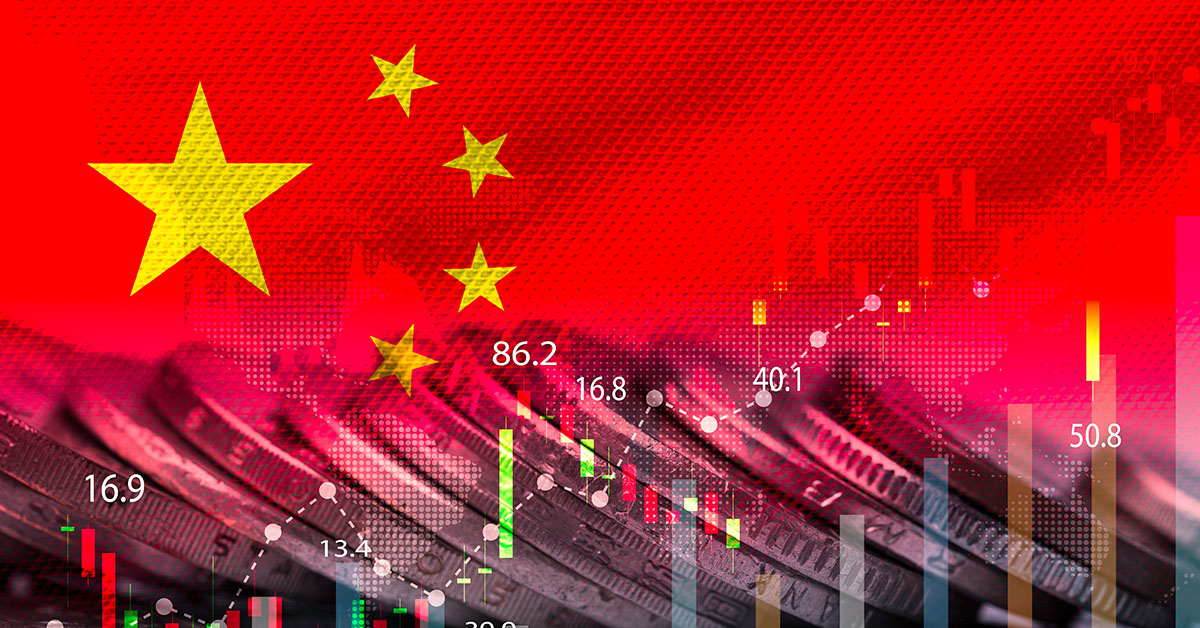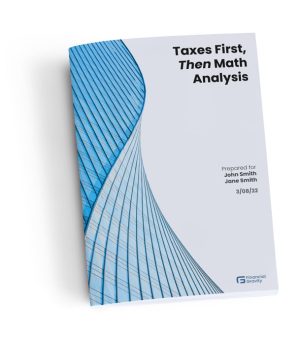Hardly a day goes by, it seems, without some news or commentary about China. In the U.S., we hear worrisome news reports about China as it affects us or appears to threaten us, but we are not the only nation that must deal, one way or another, with China. With over 17% of the global population and an aggressive government, China will be a force for the world to reckon with for a long time to come.
As realpolitik goes, China is about as real as it gets. China’s authoritarian government is a rival that should not be underestimated. On the commercial side, the FBI estimated that China steals between $225 and $600 billion every year in goods, software, and trade secrets. A report by the cybersecurity firm Cybereason revealed that China has expropriated trillions of dollars worth of intellectual property worldwide, including technologies for defense systems and pharmaceuticals.
On the military front, the headlines seem perhaps more ominous than the details. Yes, China has a larger military, with over two million active-duty personnel versus just 1.35 million for the U.S. And their navy has more ships, 762 versus 460. But look deeper, and you see that America spent $877 billion in 2022 compared to just China’s $292 billion. The U.S. has some 8,000 more planes than China and 20 aircraft carriers. China has four.
And when we think about the unthinkable, the nuclear warhead count is lopsided in our favor, approximately 6,500 to 280. Given that one nuke can ruin the day for millions, the advantage may be moot, but in platforms and lethality, the advantage clearly goes to the United States.
China has made its goal clear: world domination by 2049. But China is not the first country to emerge from humiliation in a world war to dream big. As the U.S. knows all too well, building and maintaining a superpower takes more than will; it takes real economic might. There, too, at least for now and for some time to come, it’s an advantage for the U.S.
Interdependence Creates a Very Different Kind of Cold War
China is America’s third largest trading partner, after Canada and Mexico. The U.S. imported over $560 billion worth of goods and services in 2022, and some of those goods are vital to our economy, including steel, solar panels, and electronics. But ours is not a one-way trading partnership; the U.S. sends half of all our exported soybeans to China, and our total exports to China support over one million U.S. jobs.
Our trade relationship with China is a reversal of the American model in the decades following World War II when the U.S. imported raw materials and exported finished goods. China surely needs the food we send them, as they produce less than two-thirds of the food they need. By contrast, the United States exported almost $200 billion worth of food in 2022. Food security is a major advantage for the United States. After all, we can probably get along without a new cell phone or automobile, but the Chinese people need to eat every day.
Looking forward, the United States may be wise to improve its self-sufficiency in key supply chains, notably silicon chips, pharmaceuticals, and energy. All of these things are vital to our way of life. However, questions about the supply chain are very complex, as nearly 8% of the total revenues of the companies that comprise the S&P 500 come from China. That is a bigger share than Japan, the United Kingdom, and Germany combined. China and the U.S. have significant interdependencies; the fact is, we need each other.
News reports about the competition between China and the United States can be very confusing. China is sometimes referred to as the world’s largest economy, but the hard numbers tell a different story. U.S. GDP in 2022 was $25.5 trillion, while China’s was just $18 trillion. Measured on a per capita basis, it’s no contest, as China’s population is more than four times greater than ours. Our GDP per person is over five times China’s.
We are closely tied financially. China holds over $1 trillion in U.S. debt, which reminds one of the old saw about banks: if you owe the bank $10,000 and can’t pay it, you’re in trouble, but if you owe the bank $1 million and can repay it, the bank is in trouble. And despite the dire headlines that crop up from time to time, the U.S. dollar remains the world’s reserve currency and is a far better safe haven than China’s own currency, the renminbi.
That $1 trillion we owe China is a mere blip on China’s radar. China, in turn, has loaned a similar amount of money to 150 developing countries, and more than half of those countries are in serious financial trouble. To make matters worse, the dollars the Chinese lend to these countries are marked to Western interest rates, and as those rates have risen rapidly, so have the debt payments. China doesn’t dare let those loans default, as its own population is already unhappy that the government sends money abroad that is badly needed at home.
This belt-and-road debt of China’s can hardly be compared with the full faith and credit of the United States. Beyond that, China has a “debt bomb” of its own, at 282% of its GDP, even greater than that of the United States. Rapid growth, fueled by more debt, particularly in the real estate sector, is putting enormous pressure on Beijing.
China’s debt problems are serious and significant, amounting to a virtual one-party Ponzi scheme. Local governments have borrowed against rapidly rising real estate values to develop infrastructure, and that overhyped real estate is weakening across their country, creating a bubble that could burst disastrously. The real estate sector is over one-fourth of China’s economy, and debt in that sector amounts to somewhere between 40% and 50% of the national GDP.
America’s economy, and its debt structure, are far more diversified. The real estate sector of the U.S. is just 5% of GDP. As we’ve written about in previous Chronicles, America’s real estate business is widely diversified by segment and geography. Commercial real estate is in trouble now, and this can cause real problems for the banks that finance them. But residential real estate has picked up a lot of the slack as COVID forced workers out of office buildings and into home offices.
The total value of commercial real estate in the U.S. is $20.7 trillion, and surely it will not all disappear. Losses may be severe, but some properties will be repurposed into multi-use and residential, and some will simply rebound. By comparison, the S&P 500 has lost 50% and more of its value twice in this century, and yet today, it stands at about 10% below its all-time high, reached on August 29, 2023.
Capitalism vs. Socialism Has a Clear Winner
China’s socialist governance model, which has incentives that are much more social and political in nature than the capitalist model in the U.S., struggles in key areas of productivity and profitability. Return of equity is relatively unimportant to the CCP. Our economic engine gives us a huge advantage.
That advantage shows up in performance. According to WisdomTree, State Owned Enterprises, or SOEs, in the emerging markets, which are defined as having 20% or greater ownership by government, have produced a zero return in the 16 years since 2007. Sixty percent of China’s market cap in 2019 was comprised of SOEs. By contrast, the S&P 500 has grown 330% in that same period, or 9.24% per year.
On September 18th, Xi Jinping said, “Looking to the future, China and the United States, as two major countries, bear more important responsibilities for world peace, stability and development. They should and must achieve mutual respect, peaceful, and win-win cooperation.” If sincere, these should be very encouraging words. They may also reflect Xi’s understanding of the economic and military mismatch between our two countries.
Reconstruction of Europe and Japan after World War II was the principal driver of America’s dominance in the 20th century. Americans today have an opportunity to benefit in a similar way from the development of China, India, and the rest of the developing world. If we are able to rationalize our own debt and solve our supply chain vulnerabilities, we could be in a very strong position to lead billions of human beings hungry for the lifestyle and longevity we enjoy and, in so doing, ensure the American dream for the generations to come.
Sources:
Sources:
[1] cbsnews.com
[2] reit.com
[3] wikipedia.com
[4] wisdomtree.com
[5] officialdata.com



